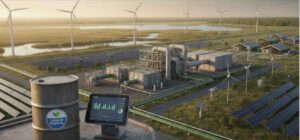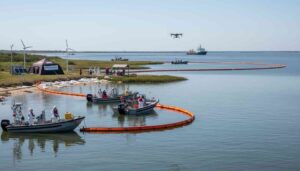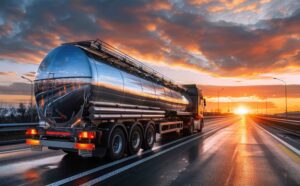The oil and gas industry is undergoing a significant digital transformation, leveraging advanced technologies such as Artificial Intelligence (AI) and the Internet of Things (IoT) to enhance operational efficiency, reduce costs, and improve safety.
Here’s an overview of how AI and IoT are being leveraged in the digital transformation of the oil and gas sector:
1. Remote Monitoring and Asset Management:
- IoT: Sensors and connected devices are deployed throughout oil and gas facilities to monitor equipment health and performance remotely. This real-time data allows for predictive maintenance, reducing downtime, and optimizing asset management.
- AI: Machine learning algorithms analyze data from sensors to predict equipment failures and recommend maintenance actions. This proactive approach helps prevent costly unplanned shutdowns and extends the lifespan of critical assets.
2. Predictive Analytics for Equipment Maintenance:
- IoT: Continuous monitoring of equipment generates vast amounts of data, including temperature, pressure, and vibration measurements. This data is collected and transmitted through IoT devices.
- AI: Predictive analytics and machine learning algorithms analyze historical and real-time data to predict when equipment is likely to fail. This enables maintenance teams to schedule repairs or replacements before a breakdown occurs, improving overall reliability.
3. Autonomous Operations and Robotics:
- IoT: Drones and robotic devices equipped with IoT sensors are used for inspections of infrastructure, pipelines, and facilities. These devices collect data and transmit it in real-time.
- AI: AI algorithms process the data collected by drones and robots to identify anomalies, corrosion, or potential safety hazards. Autonomous vehicles are also employed for logistics, reducing the need for human intervention in certain tasks.
4. Enhanced Reservoir Management:
- IoT: Sensors and monitoring devices are deployed in oil fields to gather data on reservoir conditions, well performance, and environmental factors.
- AI: Advanced analytics and machine learning models analyze the vast amount of data from reservoirs to optimize extraction processes, improve recovery rates, and make more informed decisions about drilling and production strategies.
5. Energy Efficiency and Sustainability:
- IoT: Sensors and smart meters are used to monitor energy consumption across facilities, helping identify areas for optimization.
- AI: Machine learning algorithms analyze energy consumption patterns and suggest ways to improve efficiency, reduce waste, and lower overall carbon footprint. This contributes to sustainability goals and compliance with environmental regulations.
6. Supply Chain Optimization:
- IoT: Connected sensors are deployed throughout the supply chain, from extraction to transportation and distribution, providing real-time visibility into the movement of resources and products.
- AI: AI-driven analytics optimize supply chain processes, improving logistics, inventory management, and distribution. This leads to cost savings and more efficient operations.
7. Safety and Risk Management:
- IoT: Wearable devices and sensors are used to monitor the health and safety of workers in real time, especially in hazardous environments.
- AI: AI algorithms analyze safety data to predict and prevent potential accidents. Intelligent systems can also assess risk factors and recommend safety measures to enhance overall workplace safety.
The integration of AI and IoT in the oil and gas industry not only improves operational efficiency but also enhances safety, reduces environmental impact, and contributes to the industry’s overall digital transformation.
As technology continues to advance, the industry is likely to explore further innovations in the areas of data analytics, automation, and smart decision-making.
Read more on Sparkview Energy:
Modernizing Oil Refineries: Upgrading Equipment for Higher Yields and Energy Efficiency
Automation and Robotics in Oil and Gas: Enhancing Efficiency and Reducing Human Risks







